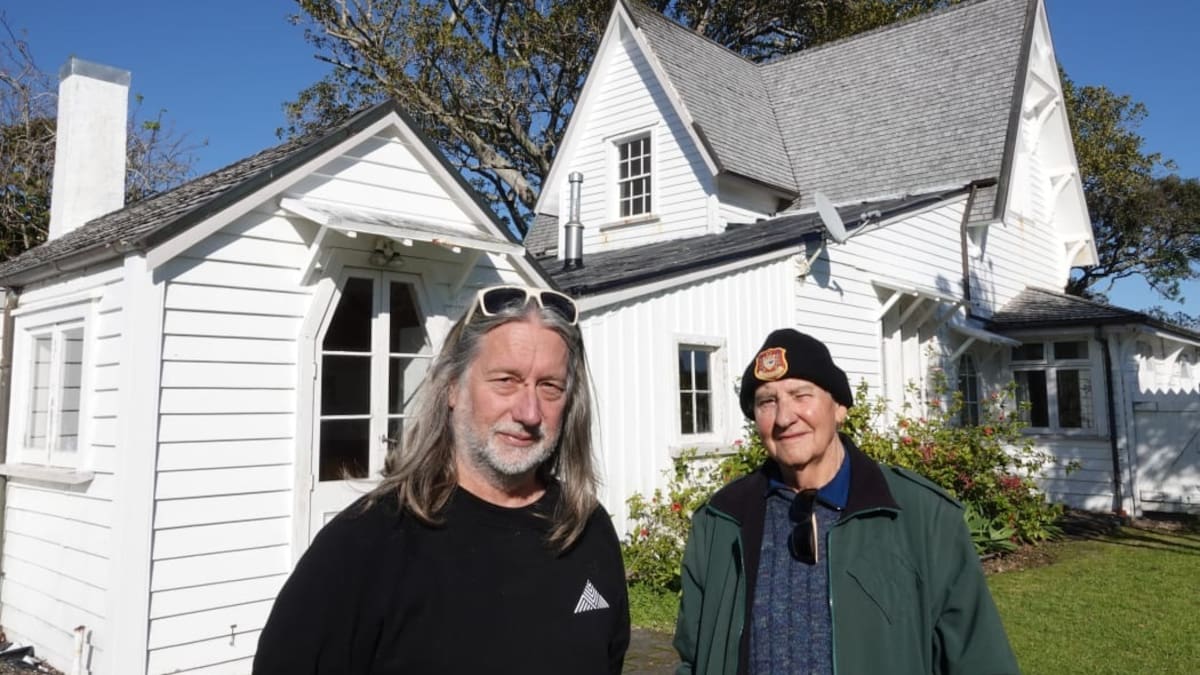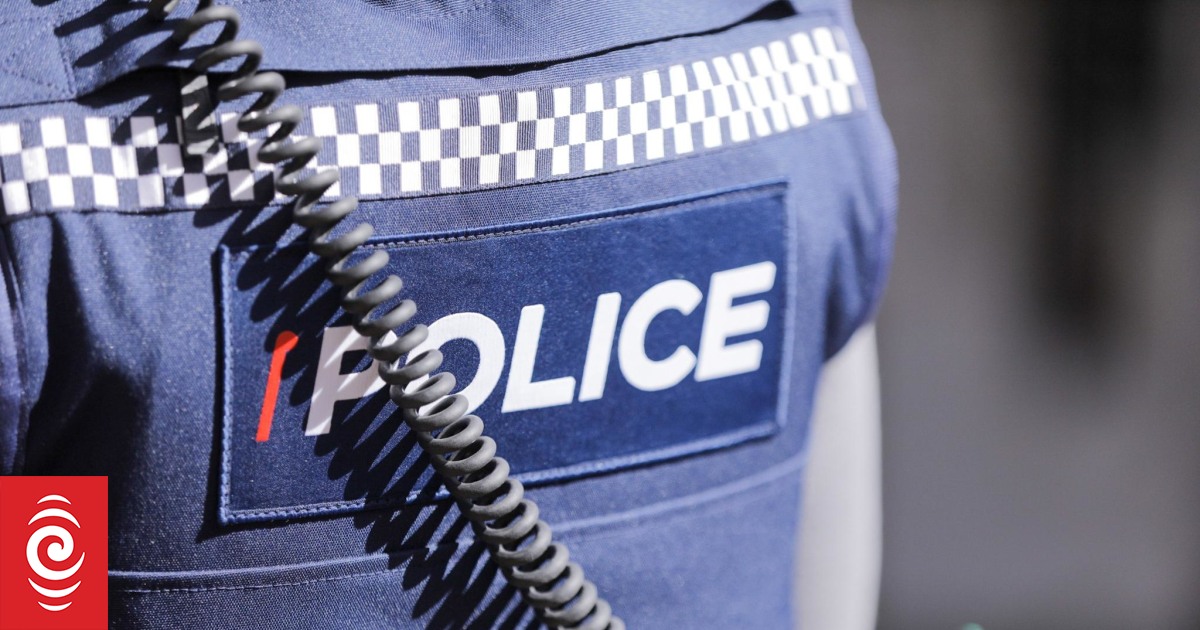Now, a group calling itself the Kororāreka Historic Building Charitable Trust wants to lease the old Custom House and get cracking with repairs before it’s too late.
Chairman John Maxwell said the group’s goal was to preserve the Category 1 historic building — the highest heritage status possible — and turn it into a community hub.
He said police no longer wanted the building, so it was in limbo while they worked through the long-winded Crown property disposal process.
Maxwell said it was frustrating that Custom House had not been properly maintained for many years, and as long as it was unoccupied it would only get worse.
“This is a real test of the Government’s commitment to preserving our heritage. If the Custom House is allowed to deteriorate further then another part of our birthright will be lost forever,” he said.
Group member Bruce Mitchinson, a consulting architect, said a condition report, maintenance plan and conservation plan had been prepared last year.
They showed the building could be repaired and made weathertight for a relatively modest $300,000.
The main problem was the shingle roof on the “lean-to” at the rear of the building.
That had been covered with polythene sheets in an attempt to stop the leaks, with another layer of polythene placed in the roof space to catch the water getting through.
The main part of the two-storey building was in good condition with few leaks and only minor maintenance required.
However, as long as it was vacant, damp air and mould would continue to spread.
“It’s annoying, really, that for very little effort and cost that the building can’t be maintained. It seems to be getting dragged out. Last year it was $300,000 to fix, who knows what it might be at the end of this year? This just compounds, so it’s just getting deeper and deeper into a situation where maybe it’s not retrievable in a couple of years’ time, which would be a total disaster for Russell,” Mitchinson said.

Vision for community hub
Maxwell said the group was confident it could raise the money needed for repairs, but first it needed a lease.
“We’re hoping that we’ll get some government support from this, not necessarily financial but at least to move this in our direction. In the meantime, it’s just being neglected. And that’s a great big shame really,” Maxwell said.
“We’ve got some people who are very interested in supporting this project, but we’d like to get the whole of New Zealand behind us to get their input, to see who’s in favour of what we propose and who’s against it.”
The group’s vision was of a community hub with shared office space ― affordable office premises were in short supply in the town, he said — plus a conference room and a display about the building’s history.
Its heritage status meant no major alterations could be made, but one of the outbuildings could be converted into a cafe.
The property also included Russell’s original jailhouse.
Maxwell said Custom House — and the neighbouring Moreton Bay fig tree planted by the town’s first customs officer — was an integral part of Russell’s waterfront and one of the first things people saw as they arrived by ferry.
He would be “absolutely gutted” if the building were moved or demolished, a feeling he believed many Northlanders would share.
“It’s unique. I don’t think there’s another building quite like it anywhere in the country. It was a one off, and it’s imperative that it remains.”

Mitchinson believed police were planning to subdivide the property and retain the police station in York St frontage, with the rest of the property then offered up via the Crown property disposal process.
That meant offering it back to the descendants of the original owners in the first instance.
If they were unable to buy it, it could be landbanked for future Treaty settlements, or sold on the open market.
“We don’t know how long that process is going to take, and in the meantime, the building doesn’t get better. What we’re seeking is some mechanism in the meantime that we’re able to do a lease.”
‘National significance’
Bill Edwards, area manager for Heritage New Zealand, said the land Custom House was built on was one of the last pieces of native title on the Russell waterfront.
It was sold some time between 1852 and 1869 for about £100, which was “quite a handsome sum” for that time.
“The interesting thing about the land, though, is that it was possibly a wāhi tapu. There was a post, a pou whenua there, and that was incorporated into part of the building, we believe.”
Edwards said the main problem with the building was a shingle roof from 1975 that was starting to deteriorate and leak, especially in the flatter part of the roof at the rear of the building.
There were also issues with joinery, mould, and cracks in the weatherboards caused when the original Duke of Marlborough Hotel burned down next door in the 1930s.
“All of those things combined means that if they’re not addressed, the building will deteriorate.”
Edwards described the building as being in “a state of flux”.
“The tenant, who was the policeman, has moved out. The building has been cleaned with what’s called a soft wash. But buildings always work best when there’s people inside them, because they open doors, open windows, heat them, and keep up with dust and vermin. At the moment that’s not happening. For the long-term health of buildings, it’s always good to have people in them.”
Edwards said Heritage New Zealand owned the nearby Pompallier House, but had not contemplated taking on Custom House.
He said the building was of national significance and designed in the Victorian Gothic style by government architect William Clayton.
“It’s a beautiful building. It occupies the streetscape and foreshore of Russell. It’s got a presence. And next to it is of course a very large Moreton Bay fig tree as well, which, again, has a presence in the town. Obviously, it’s really important that the building is maintained and conserved, and whoever the new owners are, that it’s passed on in the best possible condition.”
‘Point of no return’
Superintendent Matt Srhoj, the head of Northland police, said police were managing the disposal of the Russell Police House.
A decision on the building’s future had yet to be finalised through the Crown Property Disposal process, which included engaging with the hapū Ngāti Manu, Patukeha and Ngāti Kuta.
While that process was under way, no unauthorised person was allowed entry.
Srhoj said the police station in York St was still in operation.
The disposal of the historic building would have no impact on police services in the Russell area, he said.
Kororāreka Marae chairwoman Deb Rewiri said Custom House needed to be preserved — and responsibility for that lay with the Crown, and police in particular.
“They need to take charge of this because it would be a shame if this iconic building gets to a point of no return. This is part of the redress process, but the responsibility lies clearly with the Crown, not with the hapū.”




